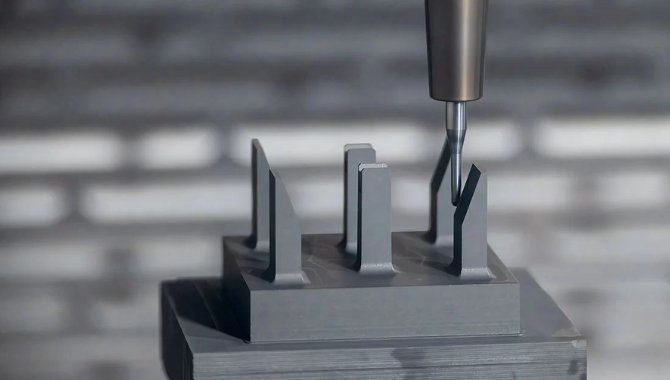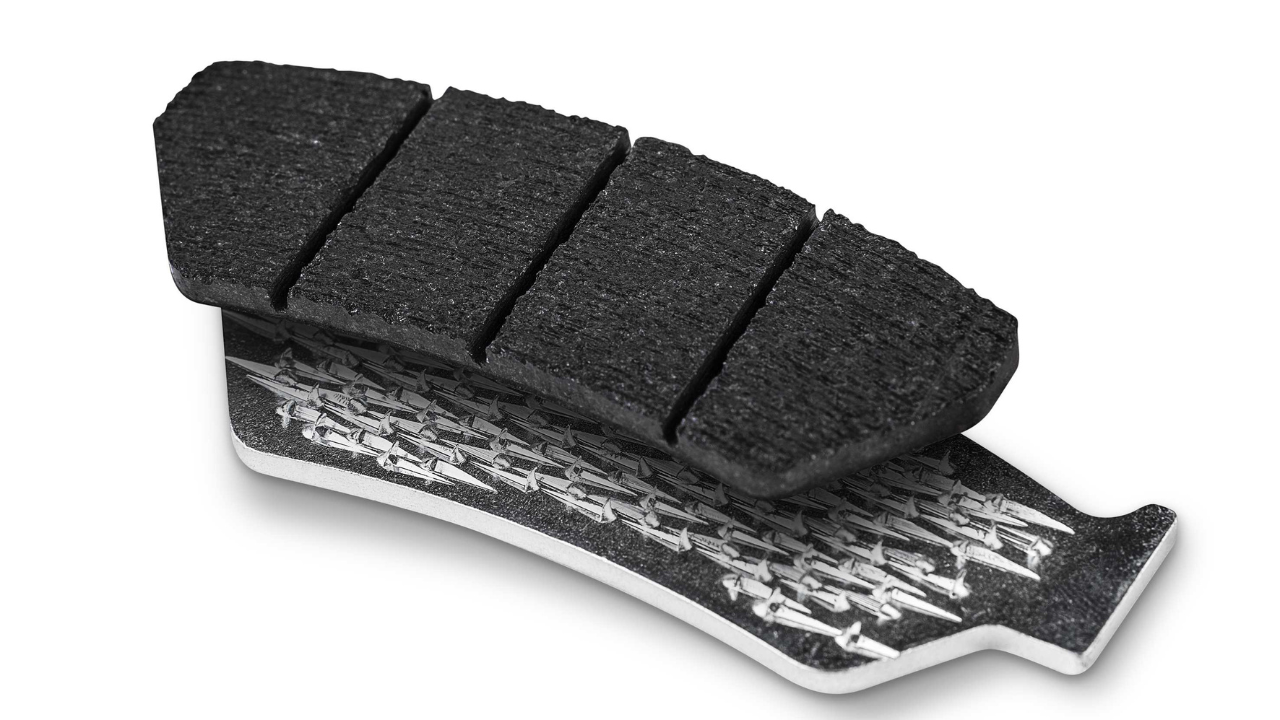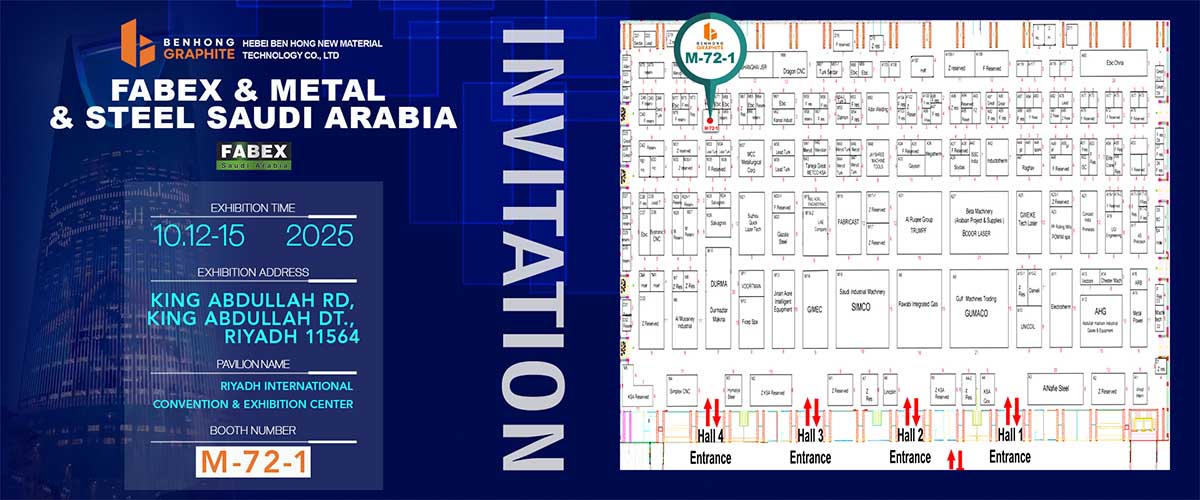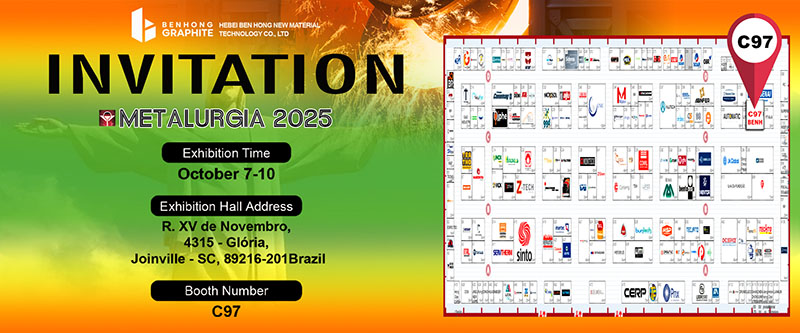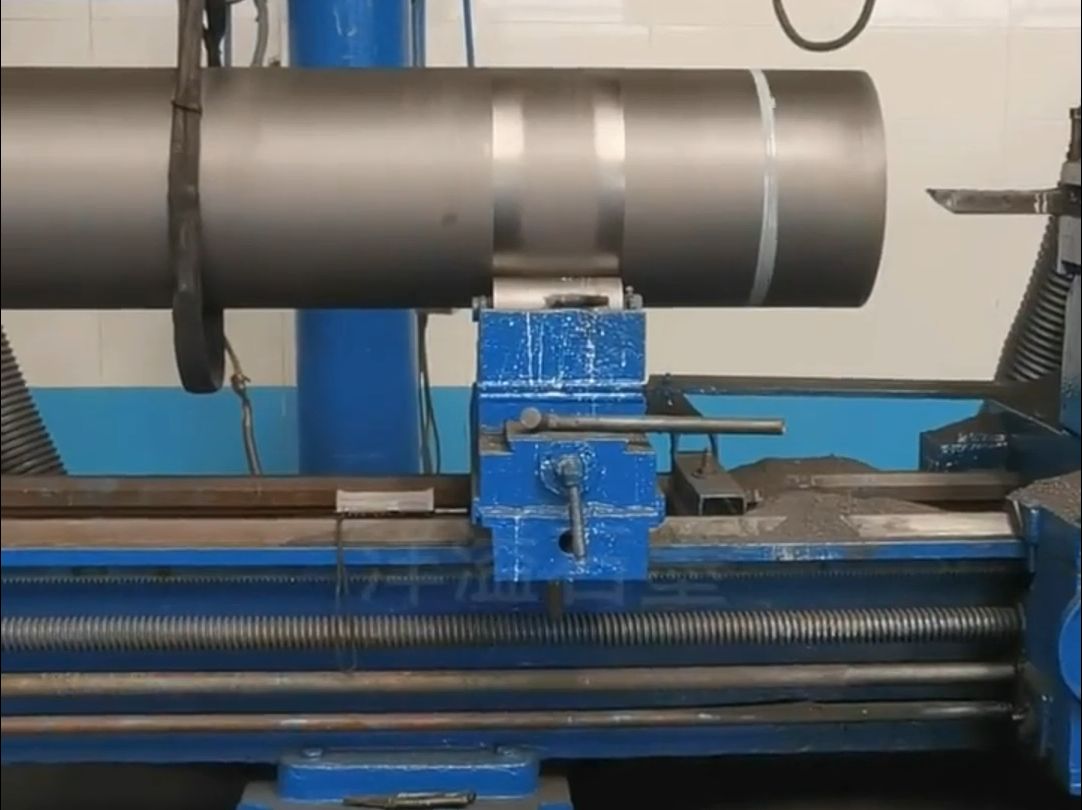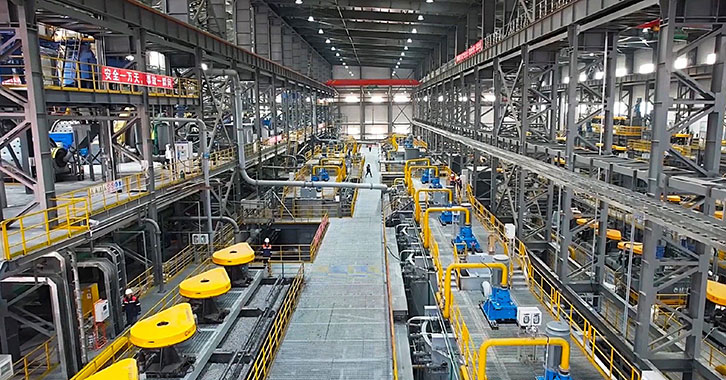In the dynamic world of carbon and graphite manufacturing, high-quality raw materials play a crucial role in ensuring the production of premium carbon electrode paste. Among the essential components in this process are calcined anthracite coal and anode butts—two raw materials that are indispensable for creating the paste used in electric arc furnaces (EAF) and other industrial applications. These materials contribute significantly to the efficiency and quality of carbon electrodes, which are vital for various industries such as steel production, aluminum refining, and more.
Calcined Anthracite Coal: A Critical Component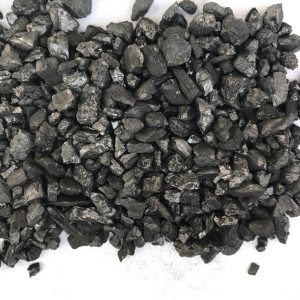
Calcined anthracite coal is a high-quality carbon material that undergoes a heating process, known as “calcining,” to remove impurities such as volatile matter. The result is a hard, dense carbon substance with low sulfur content. This material is crucial in the production of carbon electrode paste due to its excellent thermal stability, electrical conductivity, and resistance to oxidation.
The calcining process involves heating the anthracite coal to temperatures of up to 1300°C in rotary kilns or vertical shaft furnaces. This transformation enhances its structural properties, making it ideal for high-temperature applications. Once calcined, the coal becomes an essential binder and carbon source in the paste, contributing to its hardness and overall stability.
For carbon electrode paste production, the quality of the calcined anthracite coal is paramount. A higher quality coal leads to a superior electrode paste, which directly impacts the performance of electrodes in industrial furnaces. Its role in the production of high-strength carbon electrodes is crucial for maintaining the efficiency and longevity of electric arc furnaces, making calcined anthracite coal an irreplaceable raw material in the manufacturing process.
Anode Butts: A Vital Ingredient in Carbon Electrode Paste
Anode butts, or spent anodes, are another critical raw material in the production of carbon electrode paste. These are the remnants of used anodes, typically from aluminum smelting operations, which still contain valuable carbon content. Anode butts are recycled to extract the residual carbon and are incorporated into the production of electrode paste, where their high carbon content enhances the paste’s overall performance.
The recycling of anode butts serves multiple purposes: it reduces waste, provides a sustainable source of carbon, and lowers the costs of electrode paste production. In addition, the chemical properties of anode butts allow for a smooth blending with calcined anthracite coal, creating a carbon electrode paste that has the ideal consistency and properties for industrial applications.
The anode butt recycling process involves crushing and grinding the spent anodes before mixing them with other ingredients, such as calcined petroleum coke, and then blending them into a paste. This blend is then baked at high temperatures to form solid electrodes, which are essential for a range of industrial processes, including the production of steel, aluminum, and ferroalloys.
The Synergy Between Calcined Anthracite Coal and Anode Butts
The combination of calcined anthracite coal and anode butts in electrode paste is a perfect example of how raw materials complement each other in the manufacturing process. Calcined anthracite coal provides the necessary hardness and high thermal conductivity, while anode butts contribute valuable carbon content and help lower the cost of production. Together, these materials ensure the production of electrodes that can withstand extreme temperatures and electrical currents, making them ideal for use in electric arc furnaces and other high-performance industrial settings.
As industries continue to evolve, the demand for high-quality carbon electrode paste is expected to rise, and the role of calcined anthracite coal and anode butts will remain critical in meeting these needs. Their synergistic relationship enables manufacturers to produce electrodes that deliver consistent performance and longevity, ensuring the efficiency and sustainability of industrial operations.
Conclusion
In conclusion, calcined anthracite coal and anode butts are indispensable raw materials in the production of carbon electrode paste. Their unique properties not only enhance the performance of the paste but also contribute to the sustainability and cost-effectiveness of electrode production. By utilizing these materials, manufacturers can ensure the production of high-quality electrodes that meet the demanding requirements of modern industrial applications. As the global demand for carbon electrodes continues to grow, these raw materials will remain essential in supporting the advancement of industries such as steel and aluminum production, as well as other sectors reliant on high-performance carbon electrodes.

